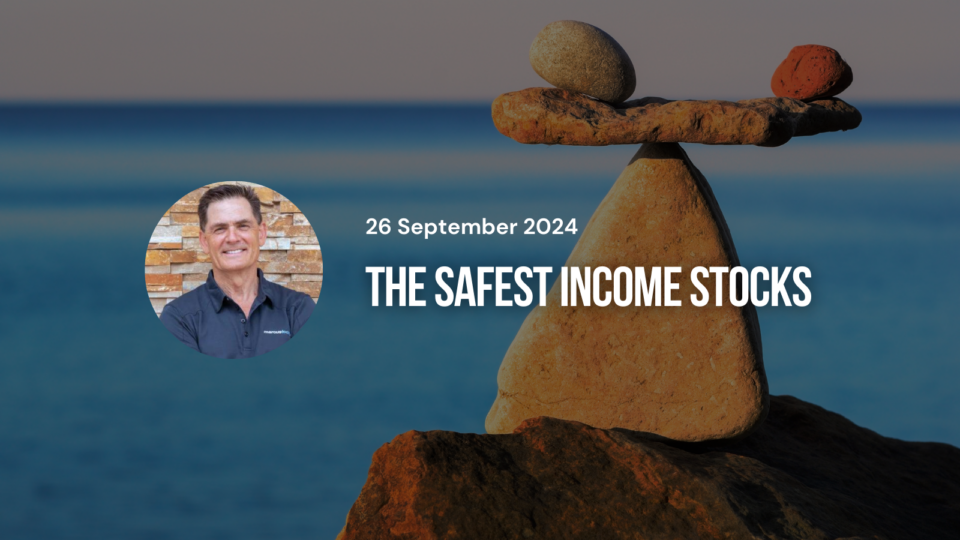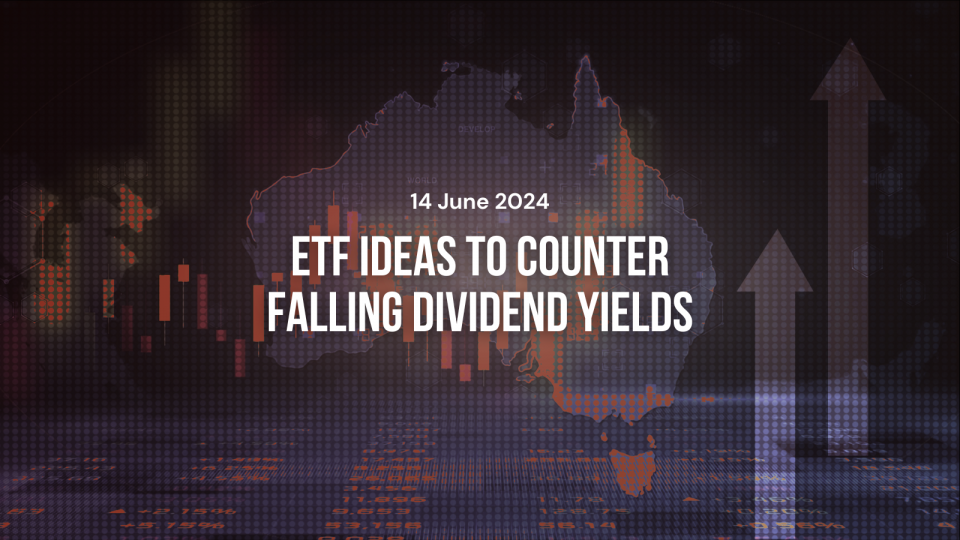

By Ron Shamgar, Head of Australian Equities, TAMIM
12 October 2023
Australian investors are heavily focused on dividends (to the point of being obsessed). This is understandable. The dividend imputation system in Australia ensures that investors receive preferential tax treatment on the dividends they receive from companies they own shares in. This means that investors typically receive a credit for the income tax paid by the corporation, which is 30% for most entities listed on the ASX. Investors may even receive a refund equal to this tax credit if they do not generate sufficient taxable income, such as many self-funded retirees.
This preferential tax treatment and demand from investors heavily incentivises companies on the ASX to pay dividends. Many of the big, well-known names pay out a substantial portion of their annual profits to shareholders–including the likes of the big four banks (Commonwealth Bank [ASX: CBA], Westpac [ASX: WBC], ANZ [ASX: ANZ] and National Australia Bank, [ASX: NAB]), the big miners (BHP [ASX: BHP] and Rio Tinto [ASX: RIO]), the major supermarkets (Woolworths [ASX: WOW] and Coles [ASX: COL]) and prime national retailers such as Wesfarmers (ASX: WES). These are favourites of the Australian investment community, particularly for retail investors and the army of self-managed superfunds.
Part of the attraction of dividends for these investors comes from the ‘bird in the hand’ principle. This comes from the adage “a bird in the hand is worth two in the bush.” That is, investors prefer the (near) certainty of a dividend payment instead of the possibility of capital gains in the future. The question many investors have on their lips is: “if I don’t receive a dividend, how will I get paid?”
How Companies Grow in Value
There’s a big misconception among a large part of the community that share prices are simply random outcomes. Over short periods of time, this is largely true. No-one has proven the ability to consistently pick the short-term direction of share prices. However, over longer time periods (typically 3 to 5 years or more), a company’s share price is likely to track the company’s profits. As the so-called “father of value investing” (and mentor of Warren Buffett) Benjamin Graham said, “in the short run, the market is a voting machine but in the long run, it is a weighing machine.”
Generally speaking, companies can grow their profits by increasing the sales of their goods or services (they can also reduce costs, but this is usually more of a short-term benefit). This involves the company participating in a growing market (software, for example) or taking market share from other companies in its industry (Aldi’s foray into Australia comes to mind). Some companies are also simply able to increase the prices of their products, because they are so valuable or their customers are not sensitive to the price (Apple [NASDAQ: AAPL] has proven this ability to date).
How is Value Recognised
Over time, the company’s higher level of profitability (and the additional money in its bank accounts from the annual profits) should be recognised by the market–all else being equal, the share price should increase at broadly the same rate as the profits. Over shorter time periods, however, we know that share prices can fluctuate wildly, sometimes overestimating and sometimes underestimating the value of a company.
One way for a company to rectify this situation and demonstrate its true profitability and value, is to increase the level of its dividend. Another way is to use the company’s profits to repurchase company shares (more commonly known as buybacks). Both of these are strong signals to investors that a company is generating more profits than the market is giving it credit for.
This is not always successful though, particularly in the short-term. For example, you may recall a company we previously highlighted as underappreciated by the market, Clearview Wealth (ASX: CVW), which currently sports a very attractive dividend yield of 6% fully-franked. This can be frustrating for investors, who are often impatient for their investments to rise in value.
However, there are also other investors waiting on the sidelines, searching for such undervalued opportunities. Other retail and professional investors are obvious examples, but more often than you might expect, this also includes other corporations and private equity.
Corporate Takeovers
Companies, like individual investors and fund managers, evaluate other companies as potential investments. The main difference though is that they look to buy the entire company, not just part of it.
While there are exceptions, corporate takeovers come in two main types–strategic acquirers and financial buyers. Strategic acquirers are companies usually in the same (or a related) industry, and they are looking to take control of an important asset. This might be an important resource or supplier, a distribution network, or something with a specific brand name or piece of intellectual property (like a patent). They may also believe that the two companies are worth more together because of certain “synergies”, which might come in the form of cost savings, negotiating leverage, or scale in a particular market.
There are also companies that acquire other businesses for purely financial reasons. Like individual investors and fund managers, they believe that the company is fundamentally undervalued and is worth more to them than it is currently trading for in the public markets. The most common of these is known as private equity. They are most known for using a substantial amount of debt, making changes to the company while it is private and relisting on the share market at a more opportune time (that is, when valuations are higher!). Some of the big names in private equity are KKR, The Carlyle Group, and TPG.
Good Things Come to Those Who Wait
A languishing share price can be frustrating for investors, particularly if the company does not pay a dividend and the business is performing well. There can be a sense that there is no reward for the hard work that you put in to research the company (and that the employees have put in to generate the company’s performance!), and the longer it persists, the more you can question your investment decision.
It’s important to remember though, that share prices do not always accurately represent the true underlying value of an investment. They can overvalue or undervalue a company, by far more and for far longer than you might expect.
While these share price fluctuations can be difficult for investors psychologically, they also provide opportunities to buy great assets at better prices. This is no different for corporations.
Companies are always on the lookout to snap up a prized asset from their competitors, be it a sales team, division, or the entire company. Financial buyers such as private equity are also always on the prowl, looking to take advantage of the share market’s short-term focus and mood swings, buying up high-quality businesses and sending them back to an IPO several years later.
So while investing for dividends is a worthwhile endeavour, identifying companies with unique assets and strong financial performance can be equally rewarding–as long as you get in before other companies do.
Disclosure: Clearview Wealth (ASX: CVW), Wesfarmers (ASX: WES), Coles (ASX: COL), National Australia Bank, (ASX: NAB), Commonwealth Bank (ASX: CBA), ANZ (ASX: ANZ), and Westpac (ASX: WBC) are currently held in the TAMIM Portfolios.





